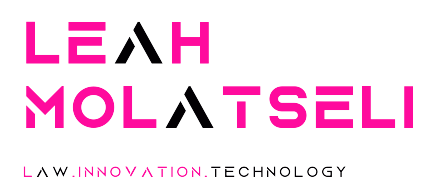When navigating legal technology, part of it has to do with understanding how to project manage, the innovation process and implementing legal technology tools.
Below is a summation of two project management methodologies that I have found helpful. The Waterfall and Agile approaches are two different methodologies used in project management, each with its own unique characteristics and advantages.
Here’s a brief overview of each:
Waterfall Methodology:
The Waterfall methodology is a linear, sequential approach to project management. It’s called “Waterfall” because progress flows in one direction — downwards — like a waterfall. The project is divided into distinct stages, and each stage must be completed before the next one begins. The stages typically include requirements gathering, design, implementation, testing, deployment, and maintenance.
Advantages of the Waterfall methodology include its simplicity, ease of understanding, and clear milestones. However, it’s inflexible in terms of changes and revisions. Once a stage is completed, it’s difficult to go back and make changes. This makes the Waterfall methodology less suitable for projects where requirements are expected to change.
Agile Methodology:
The Agile methodology, on the other hand, is an iterative, flexible approach to project management. Instead of dividing the project into distinct stages, the project is divided into small parts or “iterations”. Each iteration is a complete project cycle in itself, including planning, design, coding, testing, and review.
The Agile methodology allows for frequent reassessment and revision of the project. This makes it more suitable for projects where requirements are expected to change or evolve. Agile also emphasizes collaboration and customer feedback, making it more responsive to user needs.
However, Agile can be more complex to manage, as it requires regular reassessment and adjustment. It also requires a high level of customer and team engagement, which may not always be feasible.
DIFFERENCES BETWEEM WATERFALL AND AGILE:
Below are key differences between Waterfall and Agile are:
1. Structure: Waterfall is linear and sequential, while Agile is iterative and flexible.
2. Flexibility: Waterfall is less flexible in terms of changes and revisions, while Agile allows for frequent reassessment and revision.
3. Customer Involvement: Agile involves more customer feedback and collaboration, while Waterfall typically involves less customer interaction.
4. Project Scope: Waterfall is more suitable for projects with a clear, unchanging scope, while Agile is more suitable for projects where requirements are expected to change or evolve.
5. Risk Management: In Agile, risks can be identified and mitigated early in the process due to its iterative nature, while in Waterfall, risks are typically identified during the testing phase, which is towards the end of the project.
6. Delivery: Agile allows for early and frequent delivery of smaller increments of the project, while Waterfall tends to deliver the project all at once at the end.




1 Comment
Obila Doe
Thank you I really enjoyed this, appreciate the guidance.